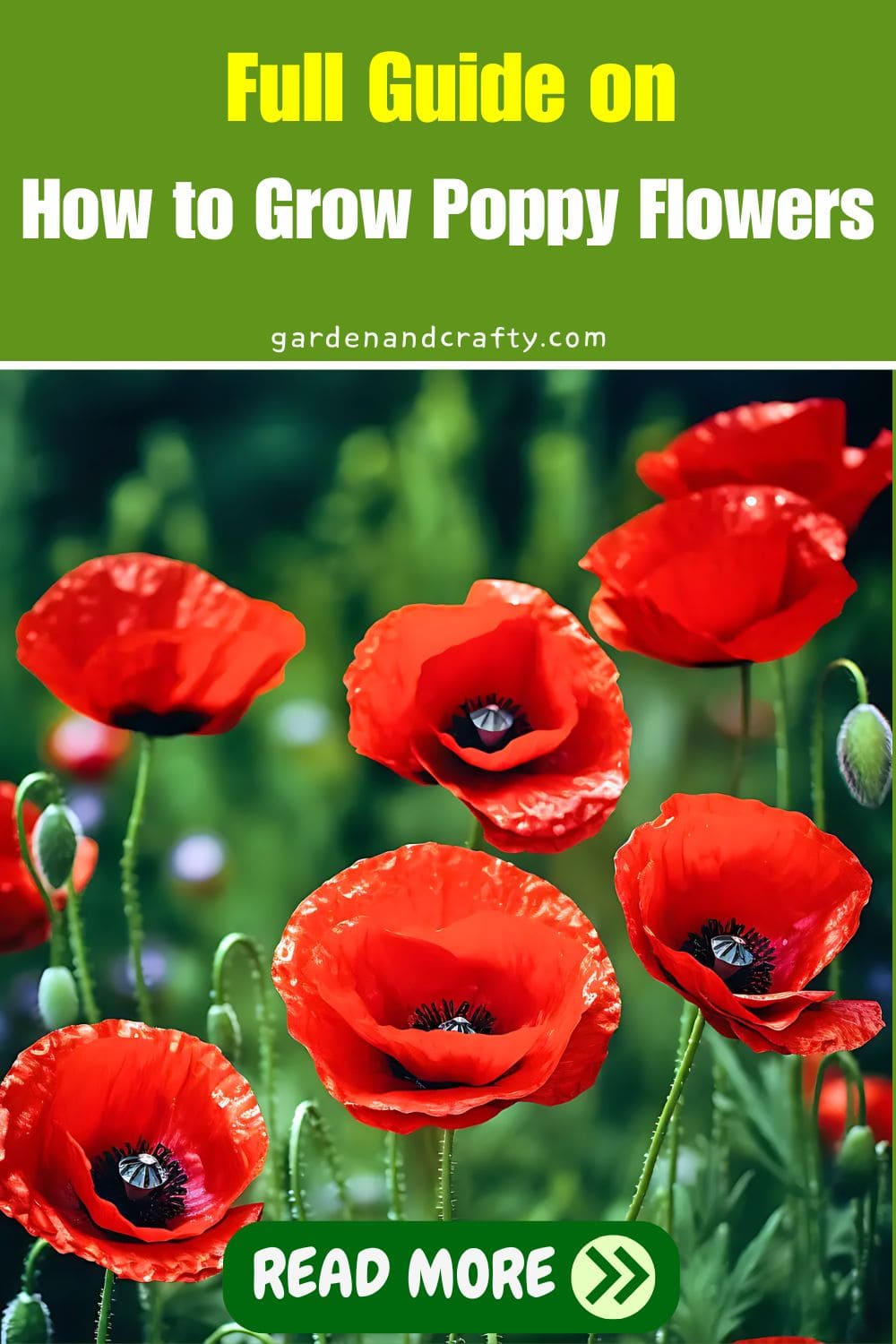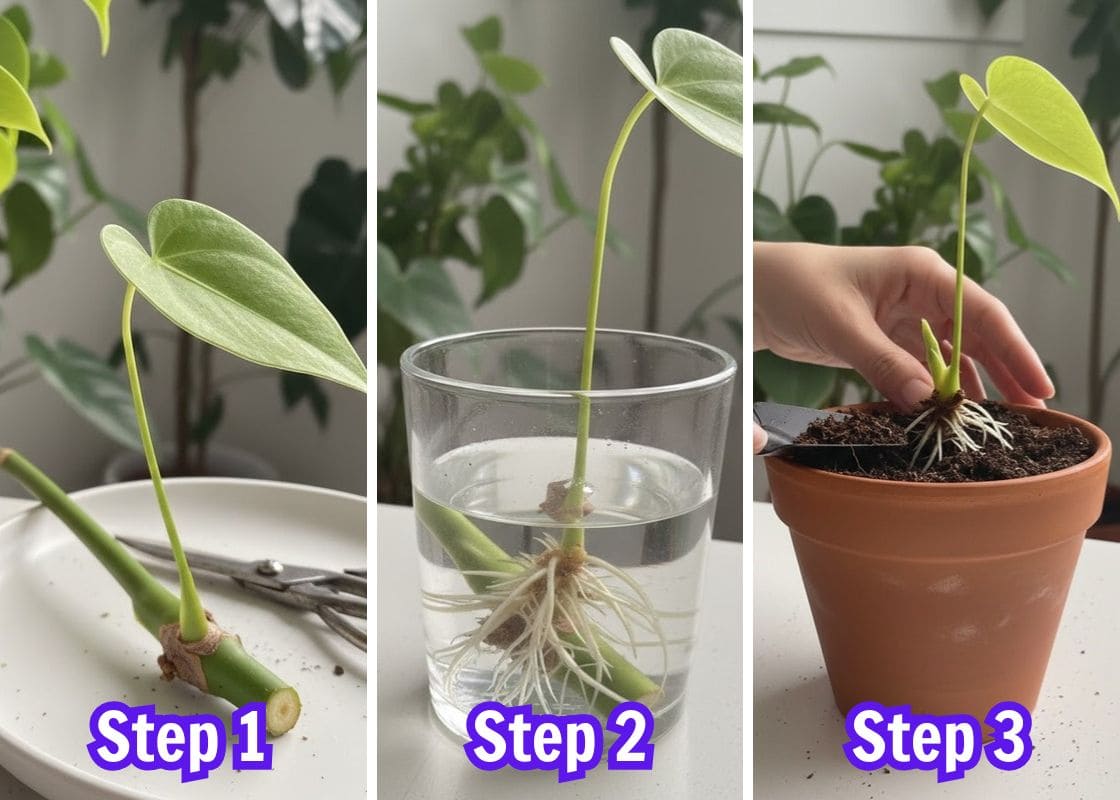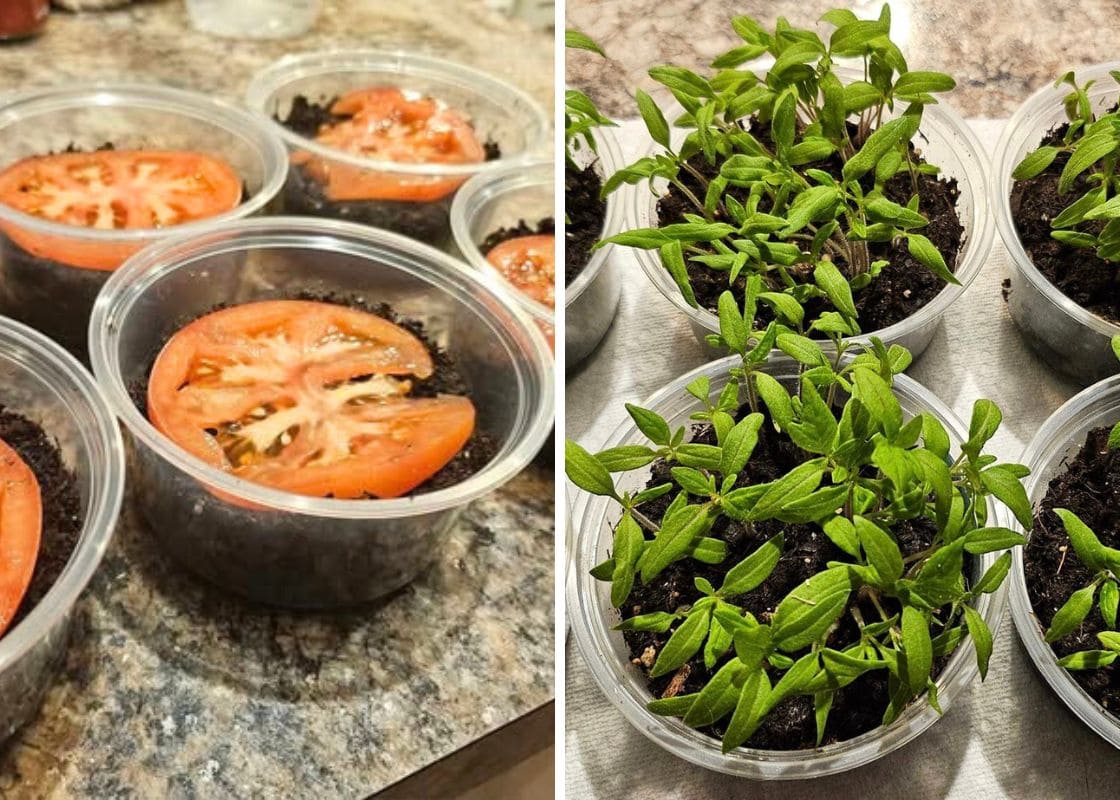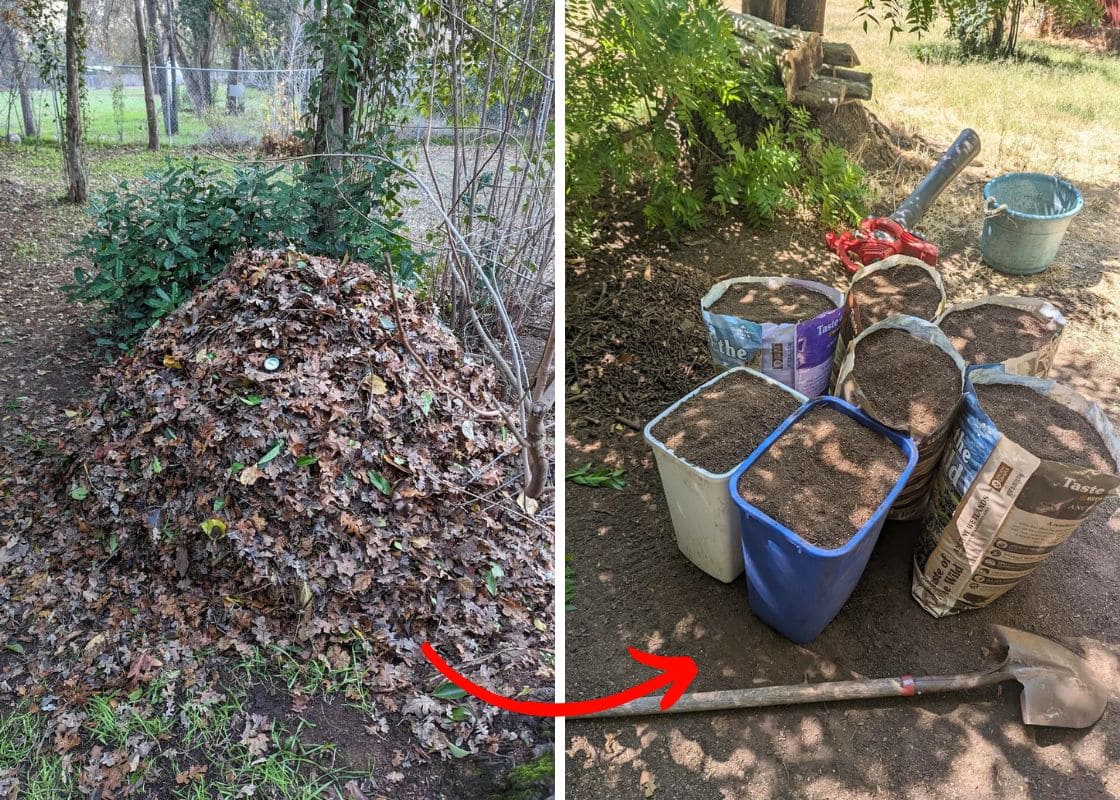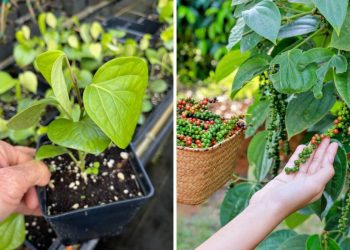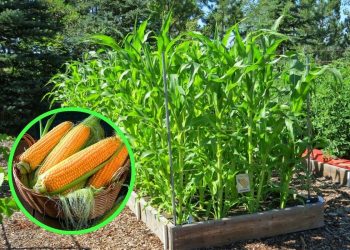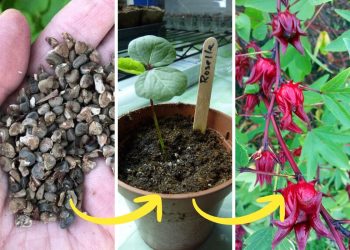Have you ever thought about planting poppy flowers to infuse your garden with beauty, history, and symbolism?
These blooms are not only captivating but also serve as poignant tributes to the fallen heroes of World War I.
Beyond their visual appeal, poppies have been cherished for their medicinal properties, offering natural pain relief and aiding sleep.
Summary:
- Poppy flowers are known for their vibrant beauty and historical symbolism.
- You can propagate poppies by sowing seeds directly into the soil in early spring or fall, or by taking root cuttings in late summer or early fall.
- Poppy flowers thrive in a sunny location with well-draining soil and need proper space.
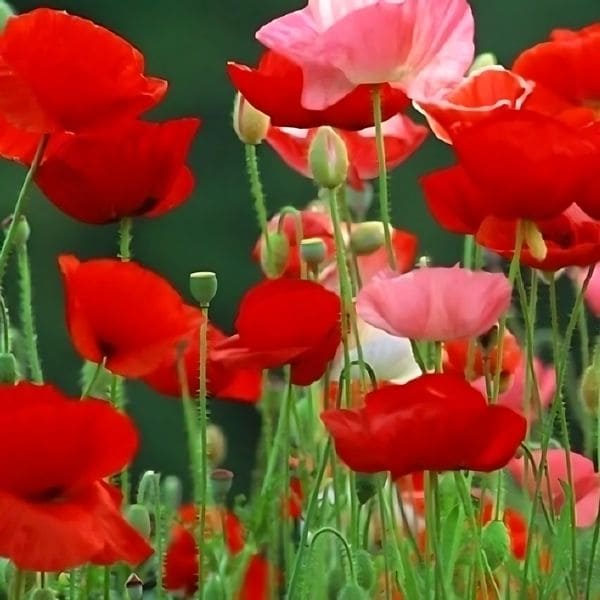
| Scientific name | Papaver somniferum |
| Family | Papaveraceae |
| Plant Type | Annual, perennial |
| Height | Up to 1 meter |
| Sunlight | Full sun |
| Soil | Well-drained soil |
| Flower Color | Red, yellow, white, pink, orange |
| Flowering Season | Spring to early summer |
| Temperature | 60°F to 75°F (15°C to 24°C) |
| Habitat | Temperate regions |
Propagation
Seed Propagation
Every early spring or fall, I find myself out in the garden, carefully snipping the stems of my poppy blooms just a couple of inches below the seed capsules.
As I gently shake the seeds into a paper bag, I surprisingly see them like little specks, then I tuck the bag away in a cool, dry place.
When early spring arrives, I take those tiny seeds and sow them directly into the well-drained soil. Poppies will thrive best in areas that receive full sun to partial shade.
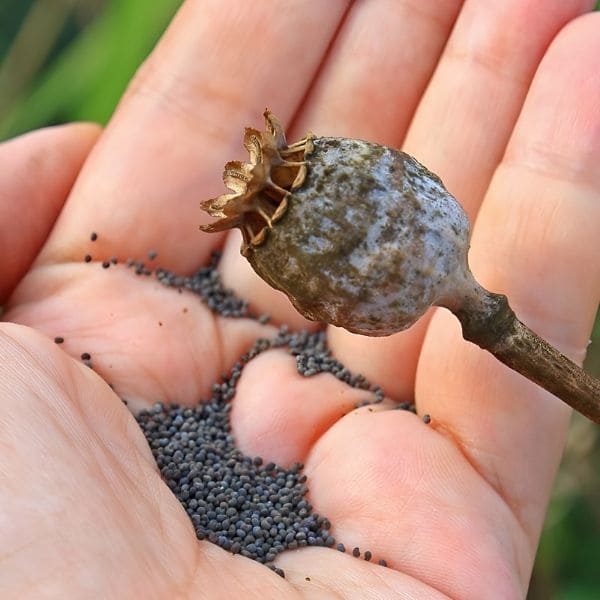
Root Cuttings
Another way, in late summer or early fall, I head out to the garden and dig a wide circle around the parent plant, gently lifting the roots and shaking off any excess soil.
I then choose a healthy root and remove more than one-third of the roots. Immediately, I deep it into hormone containing fungicide to prevent any nasty infections.
Next, I press the root cutting into a small pot filled with sterile rooting medium in a cool location with some light.
About eight weeks later, new sprouts begin to emerge. When spring arrives, you can transplant these new sprouts outdoors.
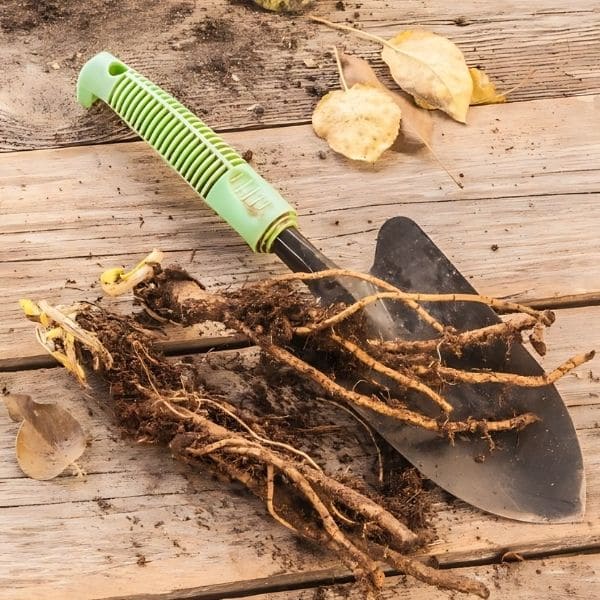
Growing Poppy Flowers
Preparation
There are over 200 varieties of poppy flowers, but you need to purchase high-quality seeds from reputable suppliers. Here are common types:
- Common Poppy (Papaver rhoeas): vibrant red flowers, commonly found in wildflower mixes.
- Oriental Poppy (Papaver orientale): large, showy flowers in various colors such as red, orange, and pink.
- Opium Poppy (Papaver somniferum): ornamental purposes and edible seeds, with flowers in white, pink, and purple.
- California Poppy (Eschscholzia californica): bright orange flowers, not a true poppy but shares similar growing conditions.
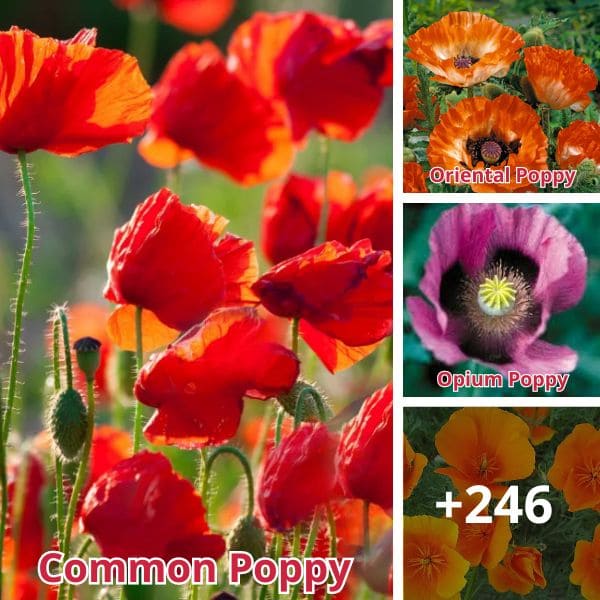
You also need to make sure there’s enough room for air to circulate around the plants, helping prevent any pesky diseases.
In addition, poppies prefer well-draining soil, so sandy or loamy textures are ideal. I aim for a slightly acidic to neutral pH level, around 6.0 to 7.0.
To boost fertility and drainage, I always mix in organic matter like compost.
Growing Poppy Flowers In the Garden
Poppies love cooler weather for germination, so the best time to start sowing poppy seeds is either in early spring or fall.
When I sow poppy seeds, I scatter them thinly across the soil surface, gently pressing them in without covering them.
It’s important not to overcrowd the seeds, so I thin the seedlings to about 6-12 inches apart once they start growing.
After that, I water the area gently to keep the soil moist. The ideal germination temperature for poppies is between 55-65°F, and with a bit of patience, the seeds usually germinate within 2-4 weeks.
One tip I’ve found invaluable is growing poppies alongside lavender and yarrow to repel pests and attracts pollinators as well as improve soil health.
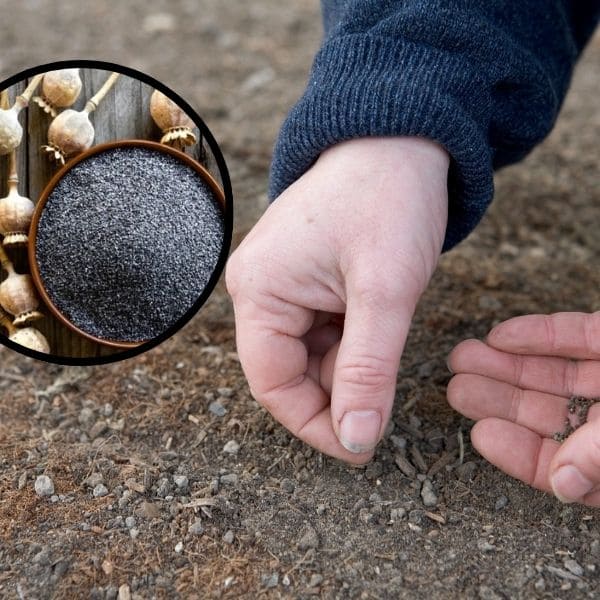
Care for Poppy Flowers
Here are main requirements for growing poppy flowers successfully:
- Ensure poppies receive full sunlight (6-8 hours per day).
- Use well-draining soil, preferably sandy or loamy.
- Maintain soil moisture with regular watering.
- Allow adequate space for air circulation to prevent diseases.
- Deadhead spent flowers to encourage more blooms.
- Handle with care, as alkaloids or opioids in poppies can be toxic to pets.
Light
Poppy flowers thrive in full sunlight, requiring at least six hours of direct light each day.
Adequate sunlight ensures vibrant blooms and healthy growth, otherwise, they are faded and gradually died.
You should choose a sunny spot in your garden to plant poppies, as they flourish best with ample exposure to natural light.
Soil
Poppy flowers need well-draining soil to thrive, with sandy or loamy textures being ideal.
Ensure the soil is slightly acidic to neutral (pH 6.0 to 7.0) and you can enrich it with organic matter like compost to improve fertility and drainage, promoting healthy plant growth.
Water
Water them with about 1 inch of water per week, preferably in the early morning to allow the soil to dry during the day.
Once established, poppies need minimal water; too much can cause leggy, overgrown stems.
If your area has frequent spring and summer rainfall, additional watering is unnecessary. During extended droughts, supplemental watering can extend bloom times.
Temperature and Humidity
Poppy flowers thrive in cooler temperatures, ideally between 55-65°F (13-18°C) for germination. They prefer mild climates and can grow well in USDA zones 1 through 10.
Poppies favor moderate to low humidity. High humidity can lead to fungal diseases, so ensure good air circulation and proper spacing.
You need to avoid overwatering to keep humidity in check and promote healthy growth.
Pruning
When pruning, you should use sharp, clean pruning shears or scissors.
Remember to deadhead spent flowers regularly by cutting the stems back to about 1/4 inch above the nearest healthy leaf set or base.
Additionally, you should remove any dead or damaged leaves to improve air circulation and reduce the risk of disease.
Fertilizer
Use a 10-20-10 fertilizer to promote vibrant poppy blooms and apply it once during the growing season.
This high-phosphorus mix enhances flower production, while nitrogen supports leaf growth, and potassium boosts overall plant health.
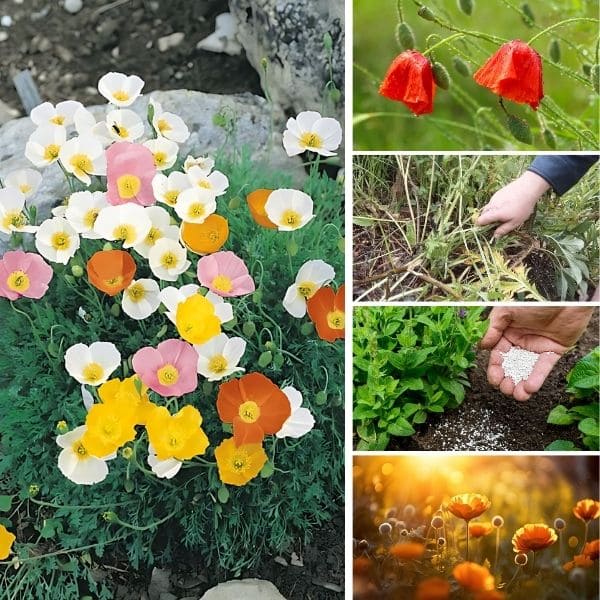
Pests and Diseases
Aphids, slugs, snails, caterpillars, thrips, and cutworms can harm poppy flowers by distorting leaves, chewing foliage, and cutting seedlings.
You can combat these pests successfully with insecticidal soap, handpicking, natural predators like ladybugs and birds, and protective barriers.

Moreover, poppy flowers can fall victim to diseases like powdery mildew, downy mildew, root rot, botrytis blight, and leaf spot. These diseases cause symptoms such as white powdery spots, yellowing leaves, and gray mold.
However, don’t worry because you can control them easily by improving air circulation, ensuring proper drainage, and applying fungicides, keeping your poppies healthy and vibrant.
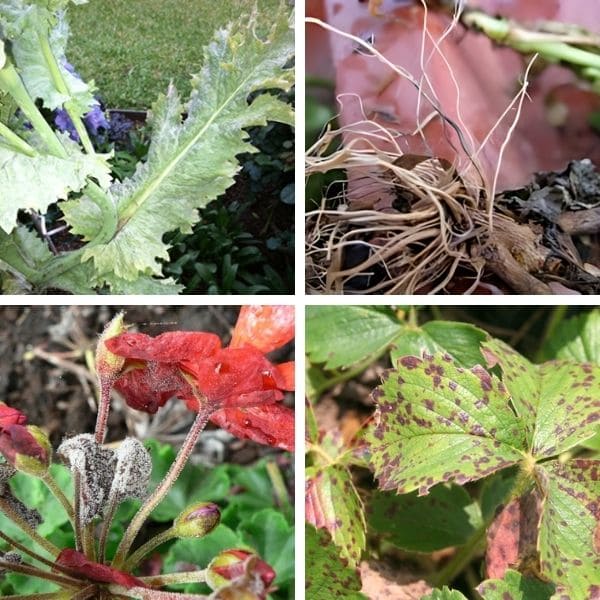
Common Problems
Distorted and Yellow Leaves
This issue is often caused by aphid infestations. Aphids suck sap from the plant, leading to nutrient deficiencies and distorted growth.
Additionally, the honeydew they produce can attract sooty mold, further stressing the plant.
You can control aphids by spraying with insecticidal soap, introducing beneficial insects like ladybugs, or using a strong stream of water to dislodge them.
Soggy Stems
Soggy stems are typically a result of root rot, caused by waterlogged soil and fungal pathogens.
Ensure proper soil drainage and avoid overwatering. Remove affected plants and improve soil conditions by adding sand or organic matter to enhance drainage.
Black Spots on Leaves
Black spots on leaves are usually a sign of leaf spot disease, which can be fungal or bacterial.
Poor air circulation and wet leaves from overhead watering create a favorable environment for these pathogens.
Therefore, remove and destroy affected leaves, avoid overhead watering, and apply fungicides if needed.
Harvest and Preservation
Poppies as Cut Flowers
You should harvest poppies at the cracked bud stage when the bud is just starting to split open to ensure the flower to continue to open after being cut up to 7 days.
Before I start, I prepare a bucket of water to place the cut flowers in immediately.
Next, I use clean, sharp scissors or pruning shears to cut the stems at a 45-degree angle just above a leaf node or bud to promote further blooming.
Handling poppies gently is crucial, as their petals are delicate and can bruise easily.
To extend their vitality, you should cauterize the cut ends of the stems over a flame or dipping them into boiling water. This simple step makes a noticeable difference in how long the flowers last.
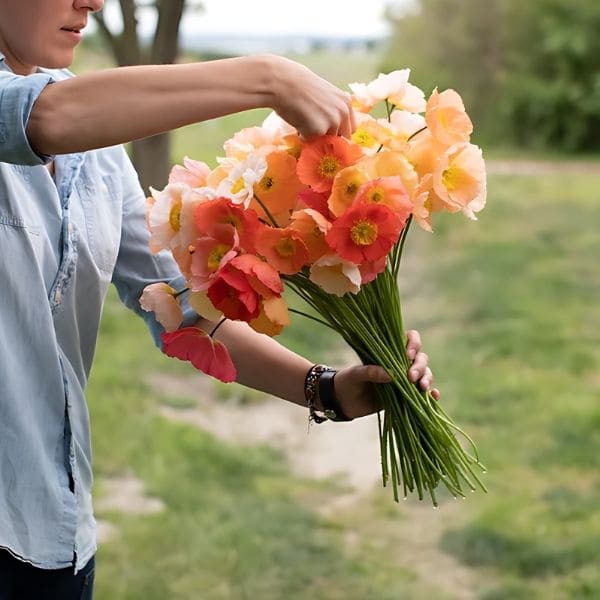
Poppy Seeds and Pods
When the seed pods begin to fade from green to brown, it’s the perfect time to harvest. Remember to avoid using seeds from F-1 hybrids as they don’t bloom true to type.
For the best results, I always choose heirloom or open-pollinated varieties, ensuring that next season’s blooms will retain their unique qualities.
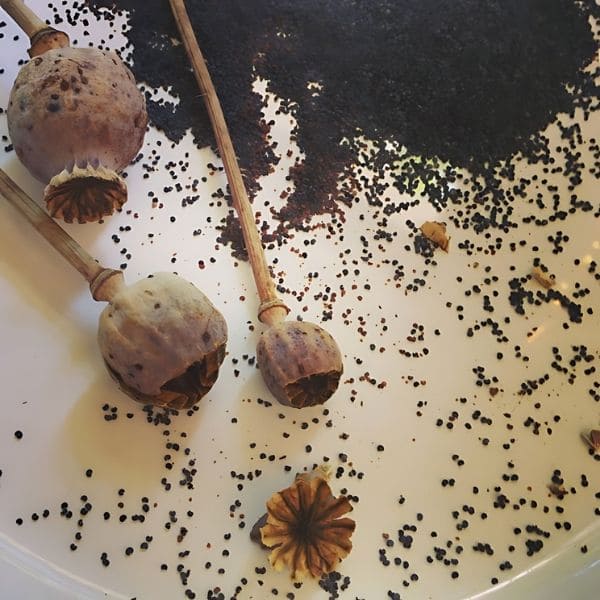
With fully browned pods, I cut the stems, noting the tiny openings along the crown that are perfect for seed release.
I gather these pods and turn them upside down in a bucket, leaving them in the sun for several days to speed up the drying process.
Once I’ve collected a good amount of seeds at the bottom of the bucket, I transfer them into airtight containers.
To keep them fresh for future planting or even baking projects, I store the containers in the refrigerator, carefully labeled with the variety and harvest date.
FAQs
Can poppies be grown in pots?
Yes. You should choose a container with good drainage and fill it with well-draining soil. Ensure the pot receives plenty of sunlight, and water the plants regularly.
Can poppies be an indoor plant?
Yes. But you need to plant it in bright, sunny spot as they require at least six hours of direct sunlight daily and well-draining soil to flourish.
Which country banned poppy seeds?
Poppy seeds are banned in several countries, including Singapore and the United Arab Emirates, due to their association with the opium poppy plant.
Can you eat raw poppy?
Yes, poppy seeds can be eaten raw and are often used in baking and cooking. However, consuming large quantities should be avoided due to potential trace amounts of opiates.
